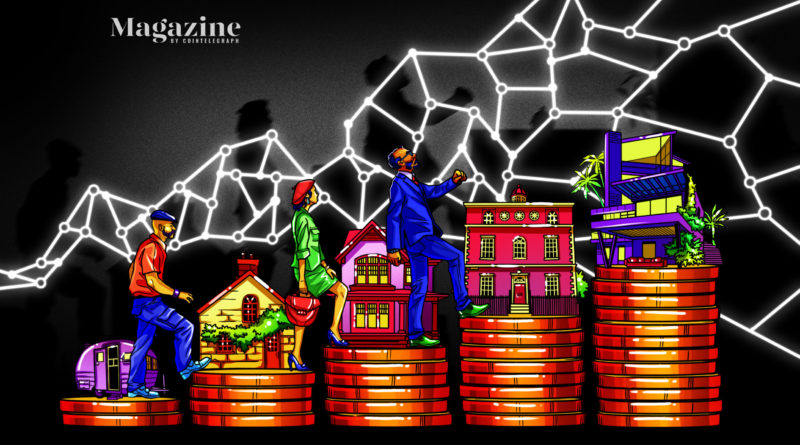Building blocks: Gen Y can use tokens to get on the property ladder
The explosive combination of blockchain and physical assets is making a real difference in how young people can access traditionally illiquid, expensive and slow-moving physical assets such as property. Formerly a once or twice in a lifetime purchase for most people, this lucrative investment opportunity is now being democratized so everyone can share in the wealth.
This is important because many Millennials and members of Gen Z are effectively locked out of the property marketplace. According to The Intelligence Labs October 2021 report, global house prices are rising at the fastest rate since the first quarter of 2005. The pandemic fiscal stimulus-induced housing boom continues with prices rising by 9.2% on average across 55 countries and territories in 2020 to 2021 fiscal year.
Harry Horsfall, almost young enough to be a member of Gen Z and founder of Zebu Digital, is no stranger to crypto. In 2103, he bought his first Bitcoin and has not looked back since. His team has grown to 70 young crypto fans globally and he runs digital marketing programs for Web3 projects. However, he says that its only via crypto that he has any shot of ever buying an apartment.
With current UK prices comparative to salary and mortgage multipliers there is no way I could afford a down payment on an apartment and save for a deposit while living in London, let alone get a big enough mortgage for my own place, says Horsfal.
However, with an ability to use staking and yield farming through crypto, I am hopeful I can look at purchasing something modest hopefully in Lisbon.
But, banking on getting rich enough via crypto to buy a place is not going to be achievable for an entire generation. However, blockchain is also providing innovative new solutions for the majority by










